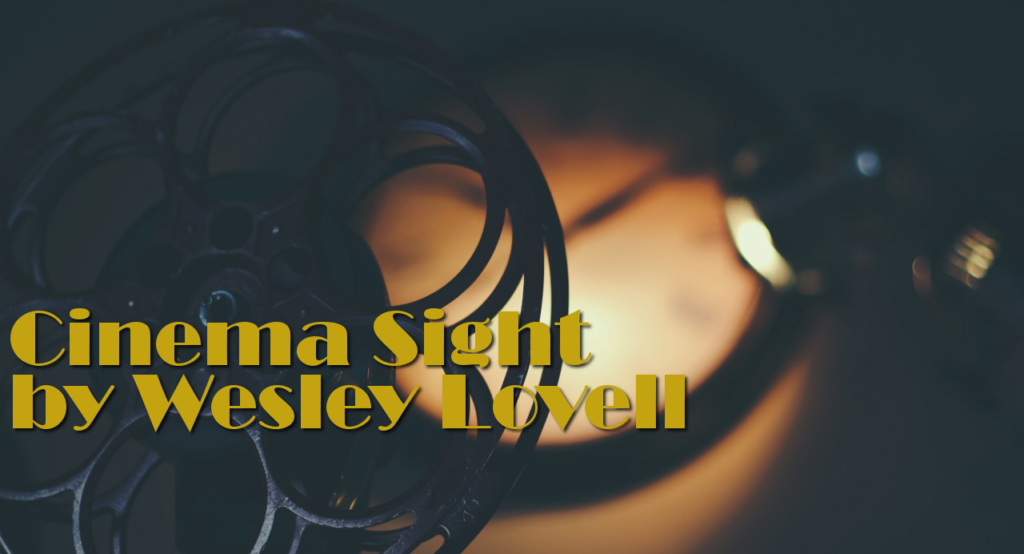 Born February 17, 1911 in Pasadena, California, Charles Walters graduated from Anaheim Union High School in 1930 and briefly attended USC-Los Angeles before embarking on a dancing career in 1931.
Born February 17, 1911 in Pasadena, California, Charles Walters graduated from Anaheim Union High School in 1930 and briefly attended USC-Los Angeles before embarking on a dancing career in 1931.
After joining the touring Fancho & Marcum review as a chorus boy and specialty dancer, Walters embarked on a correspondence with producer, dancer, and choreographer Leonard Stillman leading to his being cast in the Broadway bound Know and Behold alongside Tyrone Power, Eve Arden and Kay Thompson in 1933. The show never reached Broadway, but his next assignment for Stillman in New Faces of 1934 did. He and Imogene Coca received the best notices of the modest Broadway hit.
After his newfound success, Walters was kept busy on Broadway. He danced in 1935’s Parade and 1935’s Jubilee where he introduced “Begin the Beguine”.
He then appeared in 1937’s The Show Is On and Between the Devil, and 1938’s I Married an Angel , after which he became a choreographer with 1938’s Sing Out the News. It was back to acting in 1939’s Du Barry Was a Lady before settling back into choreography with 1941’s Let’s Face It and Banjo Eyes. Then it was off to Hollywood as dance director on four major 1943 MGM musicals, Presenting Lily Mars, Du Barry Was a Lady, Best Foot Forward and Girl Crazy.
A co-director on 1946’s Till the Clouds Roll By, Walters became a solo director with 1947’s Good News with June Allyson and Peter Lawford. He hit pay dirt with the 1948 classic, Easter Parade with Fred Astaire and Judy Garland, followed by 1949’s The Barkleys of Broadway with Astaire and Ginger Rogers and 1950’s Summer Stock with Garland and Gene Kelly. He then had marginal success with 1951’s Three Guys Named Mike and Texas Carnival and 1952’s The Belle of New York.
Walters had a bumper crop of hits in 1953 beginning with Lili with Leslie Caron, for which he would receive his only Oscar nomination, followed by Dangerous When Wet with Esther Williams, Torch Song with Joan Crawford and Easy to Love with Williams and Van Johnson.
Walters held onto the director’s reins through 1955’s The Glass Slipper and The Tender Trap, 1957’s Don’t Go Near the Water, 1959’s Ask Any Girl, 1960’s Please Don’t Eat the Daisies and 1962’s Jumbo, followed by 1964’s The Unsinkable Molly Brown for which Debbie Reynolds received her only Oscar nomination.
Walters’ last film was 1966’s Walk Don’t Run which was also Cary Grant’s last film. After that, he directed a couple of episodes for television and two TV movies starring Lucille Ball, 1975’s Three for Two and 1976’s What Now, Catherine Curtis? .
Charles Walters died August 13, 1982 at 70.
ESSENTIAL FILMS
EASTER PARADE (1948)
This gem of a musical featuring the Irving Berlin catalogue was originally supposed to reunite Judy Garland and Gene Kelly following the success of The Pirate with Cyd Charisse in the third lead to be directed by Garland’s husband, Vincente Minnelli. Then Kelly broke his ankle and suggested Fred Astaire replace him. Garland, who had never met Astaire, was afraid to speak to him until she was properly introduced. In the meantime, Charisse tore a ligament in either one or both knees and had to be replaced by Ann Miller. Minnelli then dropped out after his psychiatrist suggested directing his wife wasn’t a good idea.
LILI (1953)
Walters and star Leslie Caron were among the six Oscar nominations that went to this enchanting musical about a sixteen-year-old orphan who becomes part of a carnival puppet show, forming a relationship with the antisocial puppeteer. Caron at 22 played the orphan and Mel Ferrer the puppeteer. Jean-Pierre Aumont, Zsa Zsa Gabor and Kurt Kasznar co-starred. Oddy enough, the film’s unforgettable theme song, “Hi-Lili, Hi-Lo” failed to receive an Oscar nomination for Best Song, but the film’s score by Bronislau Kaper won in its category. Walters’ nomination would be his only one in his lengthy career.
HIGH SOCIETY (1956)
Grace Kelly’s last released film was made before The Swan which was released the day she married Prince Ranier in Monaco two months before the release of this remake of The Philadelphia Story with Kelly, Bing Crosby, Frank Sinatra, Celeste Holm, and Louis Calhern in the roles played in the original by Katharine Hepburn, Cary Grant, James Stewart, Ruth Hussey, and Roland Young. All ten of these actors were either Oscar winners or nominees. Osar nominations went to the film’s score and to Cole Porter’s “True Love”, for which Crosby and Kelly were awarded gold records for their hit recording.
THE UNSINKABLE MOLLY BROWN (1964)
Six Oscars nominations, including the only one of Debbie Reynolds’ career, went to this spectacular adaptation of Meredith Willson’s smash hit Broadway musical about the life of Titanic survivor Margaret (Molly) Brown. Harve Presnell, repeating his Broadway role opposite Tammy Grimes, plays her husband. The supporting cast is headed by Ed Begley and Hermione Baddeley in a role originally intended for Thelma Ritter who played Molly Brown in the 1953 version of Titanic. Shirley MacLaine, who was the producers’ first choice for Molly, later played a character based on Reynolds in Postcards from the Edge.
WALK DON’T RUN (1966)
Walters’ last film was a remake of 1943’s The More the Merrier with the locale moved forward from the housing shortage of wartime Washington, D.C. to the same situation at the 1964 Toyo Summer Olympics. Cary Grant, in his final film role, has the role that won Charles Coburn an Oscar for the earlier film. He plays an elder gentleman who rents a portion of an apartment from a young woman (Samantha Eggar in Jean Arthur’s old role) and then sublets a portion of his to a young man (Jim Hutton in Joel McCrea’s old role) all to play matchmaker for the young couple. As with most remakes, it was not as good as the original.
CHARLES WALTERS AND OSCAR
- Lili (1953) – nominated – Best Picture


















Leave a Reply